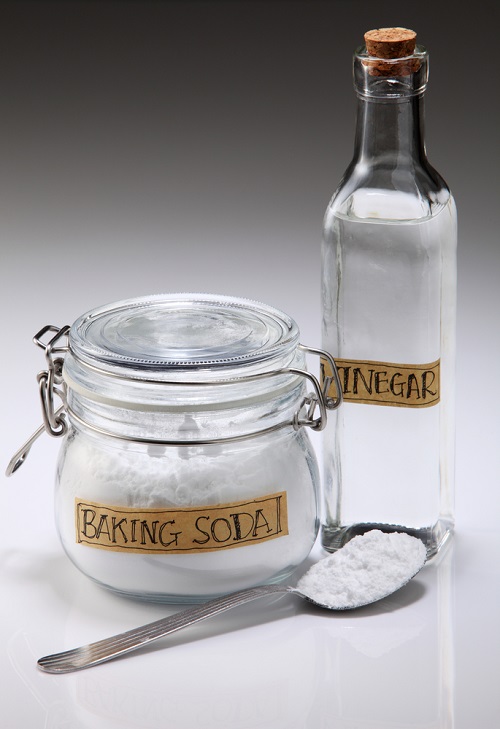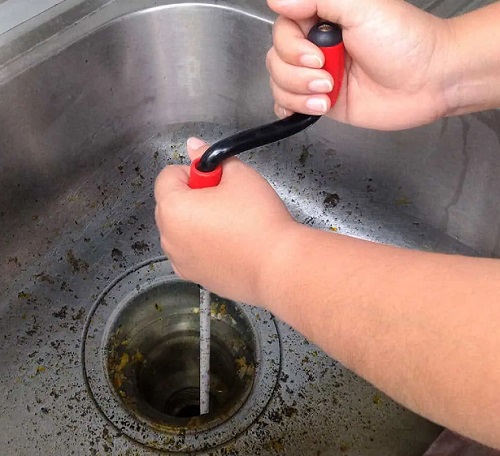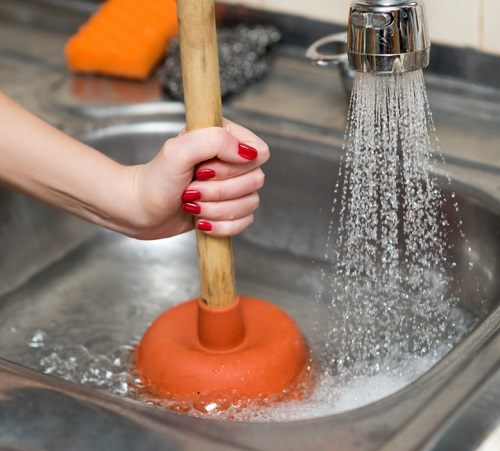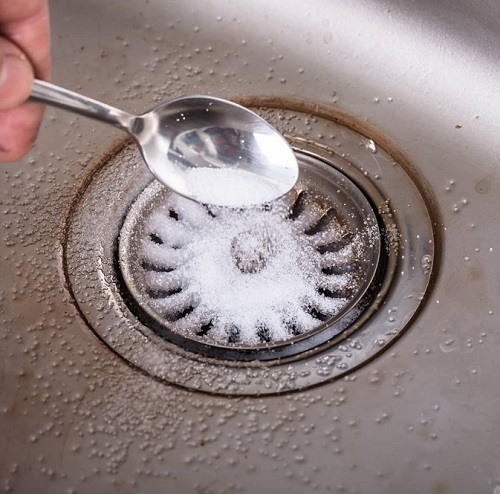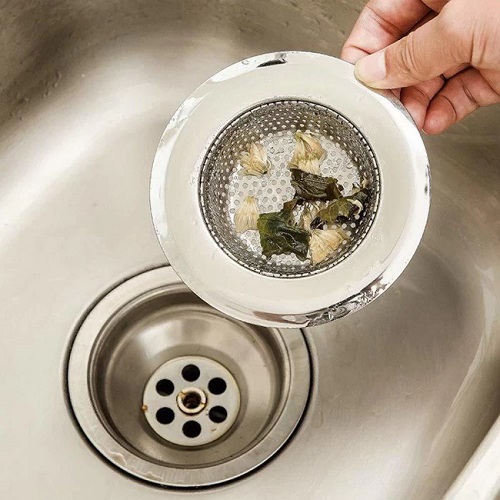Avoid costly plumbing services by checking out some of the best ways to unclog a kitchen sink in this informative article!
Don’t let a clogged sink disrupt your day! Find easy-to-follow ways to unclog a kitchen sink in no time using common household items.
Learn How to Clean Garbage Disposal With Baking Soda and Vinegar
Ways to Unclog a Kitchen Sink
1. Boiling Water
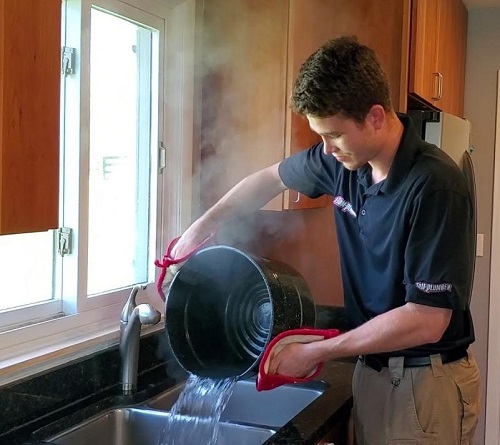
This is one of the simplest and most straightforward methods to unclog a kitchen sink. Boil a large pot of water and pour it directly down the drain. This hack dissolves grease and soap buildup quite easily.
2. Vinegar and Baking Soda
The combination of vinegar and baking soda creates a chemical reaction (fizzing action) that breaks down all sorts of minor clogs. Start this hack by pouring a cup of white vinegar and baking soda down the sink drain. Let the fizzing action do its work. After 15-20 minutes, flush the drain with a bucket of boiling water.
3. Use Plumber’s Snake
A plumber’s snake or a drain snake is an amazing tool to fix the most stubborn clogs that are deeper in the pipe. Insert the snake into the sink drain and turn it clockwise. When you feel resistance, you’ve likely reached the clog. Keep turning the snake until the cable catches on the clog, then pull it out.
4. Try Regular Wire Coat Hanger
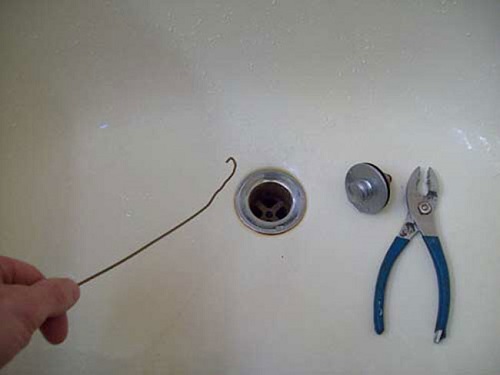
If you don’t have a plumber’s snake, a wire coat hanger is the best bet. Simply straighten out the hanger, but leave the hook. Insert the hook end into the drain and use it to take out the clog. This method is effective for minor clogs close to the drain opening.
5. Use a Plunger
A cup plunger is an effective tool to unclog small kitchen clogs. First, fill the sink halfway with water. Next, place the plunger over the drain opening to make a seal. Then, push and pull the plunger several times to remove the clog.
Note – If you have a double sink, close the other drain with a wet cloth before using the plunger.
6. Clean the P-trap
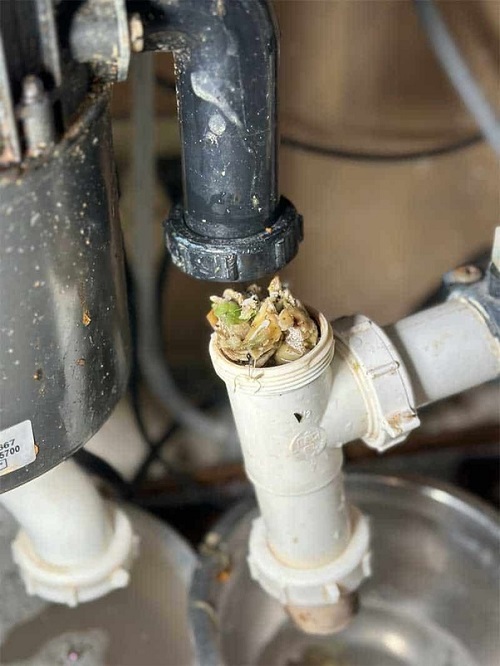
After trying the above hacks, if the sink is still clogged, there might be a blockage in the P-trap. Start the cleaning process by placing a bucket underneath to catch any spillage. After that, unscrew the P-trap and clear out any debris trapped inside. Once you’re done, reattach the P-trap and run water to check if the clog is cleared or not.
7. Unclog with Salt and Boiling Water
Salt is a scouring agent, thus great for breaking down the clog. Pour half a cup of table salt down the drain, followed by boiling water. Let it sit for a few minutes, and then flush with hot water. This method is effective for grease or soap-induced clogs and also helps to deodorize the drain.
Why Do Kitchen Sinks Get Clogged?
Here are the primary reasons why kitchen sinks get clogged in the first place:
- Food Residue – Bits of food scraps accumulate over time, leading to blockages. Foods like rice, pasta, and coffee grounds are quite problematic as they swell or clump together.
- Grease and Oil Buildup – Grease and oils are notorious for causing clogs. After pouring down the sink, these substances stick to the pipe walls and accumulate debris over time.
- Soap Scum – Soap residues, combined with water minerals, creates a hard residue known as soap scum, which clog pipes over time.
- Damaged Pipes: Pipes that are old, corroded, or damaged that lead to obstructions and poor water flow.
- Improper Use of Garbage Disposals: Overloading the garbage disposal or disposing of items not meant for it (like fibrous vegetables or bones) results in clogged sinks.
How to Prevent Kitchen Sink From Clogging?
Follow the below prevention tips to avoid the kitchen sink clogging issue:
- Regular Cleaning: Daily clean the sink to prevent the build-up of grease and food particles.
- Dispose of Grease Properly: Never pour grease or cooking oil down the sink. These substances solidify inside the plumbing, leading to stubborn clogs. Instead, dispose of it in the trash can.
- Use a Sink Strainer: A sink strainer catches food particles, thereby preventing them from going down the drain. Don’t forget to clean the strainer on a regular basis.
- Avoid Certain Foods: Foods like coffee grounds, eggshells, and fibrous vegetables (like celery or corn husks) can cause clogs. Dispose of them in the trash, not the kitchen sink.
- Run Cold Water with Disposals: When using a garbage disposal, run cold water during and after use. Cold water solidifies fats and oils, allowing the disposal to break them down more effectively.
- Educate Household Members: Ensure everyone in your household knows what should and shouldn’t go down the kitchen sink. This collective effort significantly reduces the risk of clogs.
- Install a Grease Trap: For households that cook frequently with oils and fats, consider installing a grease trap. It captures grease before entering into the plumbing system.
- Quick Action on Slow Drains: If you notice the water draining slowly, take immediate action. This is often the first sign of a developing clog.
- Flush Hot Water: Periodically flush the drain with boiling water. This simple step dislodges grease or oil build-up in the pipes.
Discover Economical Home Remedies to Unclog the Tub

